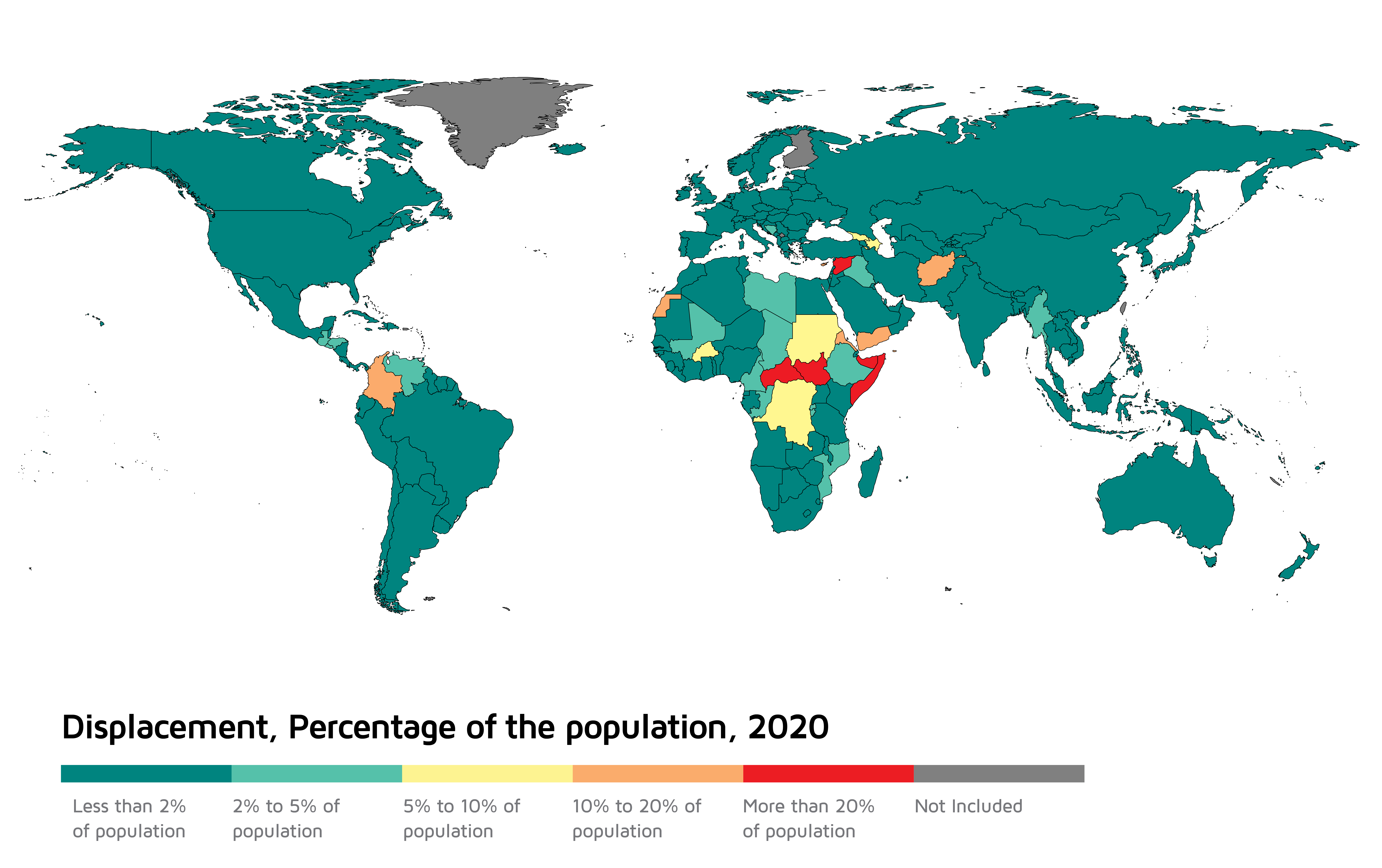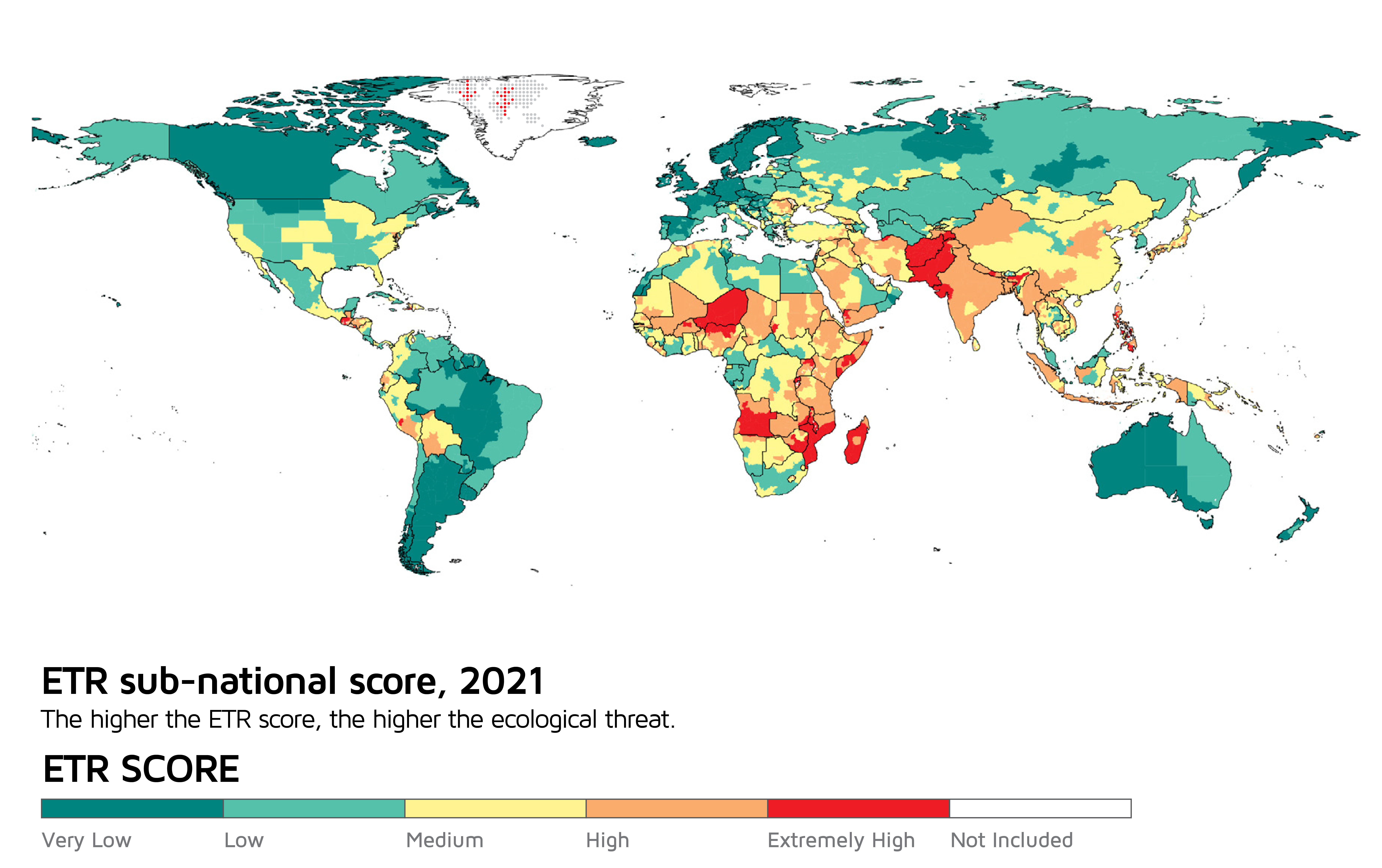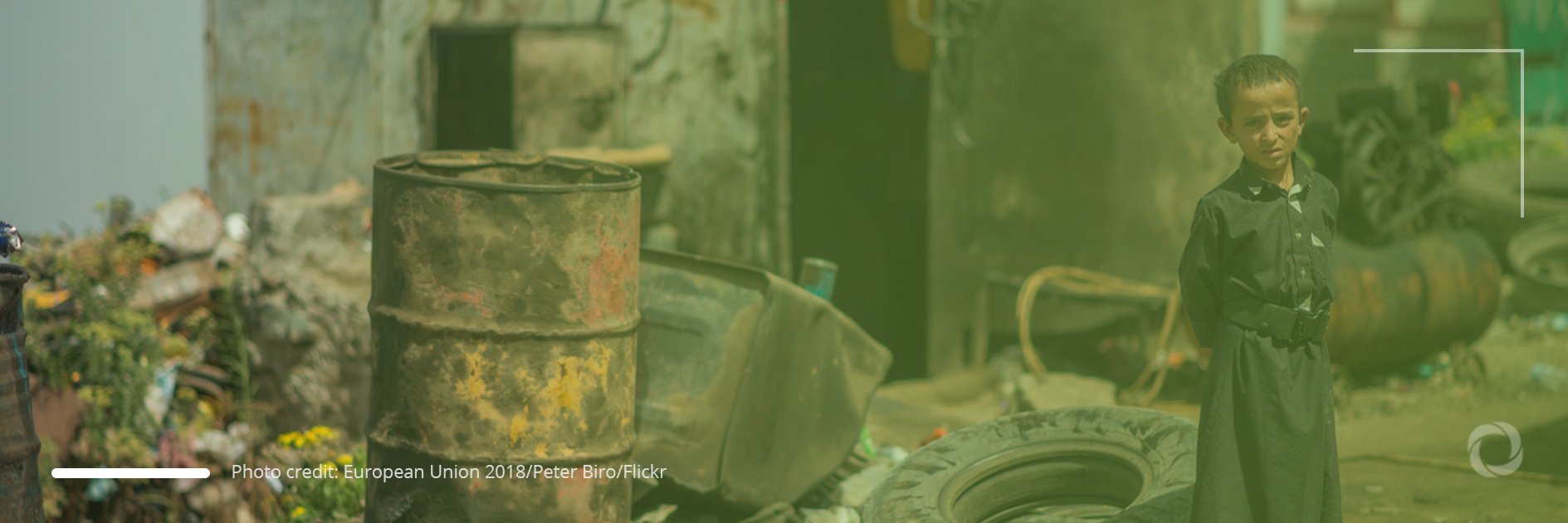Ecological threats place some 1.26 billion individuals around the world at high risk of conflicts and displacement, the Institute for Economics and Peace (IEP) notes in its latest report. In the meantime, the level of undernourishment has grown by 44% since 2014, increasing the risk of conflicts. Most importantly, the report states, there is a cyclical relationship between the state of ecology and peace.
While many ecological threats are not directly correlated with climate change itself, the latter can lead to further ecological degradation and trigger conflicts in many countries. At the same time, countries with a high demographic growth record rapid ecological degradation meaning that the simultaneous presence of fragile socio-economic resilience, severe ecological risk, and fast demographic growth may result in socio-economic failure.
The publication titled “Ecological threat report 2021: understanding ecological threats, resilience and peace” reveals strong evidence of a cyclic relationship between ecological degradation and conflicts. According to the report, resource degradation may cause conflict while, at the same time, emerging conflict leads to the further degradation of resources. To break this cycle, countries should progress towards ecological resource management and socio-economic resilience. Steve Killelea, founder and Executive Chairman of the Institute for Economics and Peace, notes:
“The solution to these problems lies in a more systemic approach, partially through the conscious integration of development agencies. The problems of conflict, food and water insecurity, displacement, business development, health, education, and indeed climate change are interrelated, and the interconnectedness of these relationships must be recognized for them to best be addressed.”
Rising food insecurity and displacement
Rising food insecurity remains one of the biggest challenges that humanity faces, according to the report. The total number of people living with food insecurity grew by 318 million in 2020 compared to the previous year, with the lion’s share of the increase being recorded in South Asia, sub-Saharan Africa, and South America. In these three regions, the number of food-insecure people rose by 128 million, 86 million, and 40 million, respectively. While the relationship between malnutrition and violence has not yet been fully researched, analyses show over 10% of young adults have extremely low body mass in the 14 least peaceful countries of sub-Saharan Africa.
Fig.1. Food insecurity

At the same time, according to the report, the displacement of people has gradually increased with 82.4 million people having been forcibly displaced by the end of 2020. Thus, around 1 in 94 individuals was forcibly displaced in 2020 while in 2000 this number was 1 in 161. Meanwhile, displacement due to conflicts had caused 34 million people to be forcibly moved by the end of 2020 with 23.1 million (68%) being displaced from 30 hotspot countries that experienced the highest level of ecological threats. These 30 countries are home to 1.26 billion people in total.
Fig.2. Forcibly displaced people by origin country, percentage of the origin country’s population, 2020

Ecological threats
The Ecological Threat Report (ETR) measures the severity of threats related to rapid population growth, water and food risks, temperature anomalies, and natural disasters. According to the report, extremely high ecological threats occurred in 13 countries out of 178, while 34 countries faced high threats. The report says that 46 and 35 countries, with an overall population of 1.96 billion people in 2021, recorded low and very low levels respectively of ecological threats. In addition, 89% of these countries have a high level of Positive Peace. The report identifies three clusters of ecological hotspots covering areas from Mauritania to Somalia, from Angola to Madagascar, and from Syria to Pakistan. Out of the 15 countries experiencing the worst ecological threats, 11 are currently experiencing conflicts while the remaining four have a high level of risk of conflicts. Overall, 3.3 billion people (42.7% of the global population) reside in areas with very high and high ecological threats. Furthermore, the report says that by 2050, 4.7 billion people will live in areas exposed to ecological threats.
Fig.3. Ecological Threat Report (ETR)


